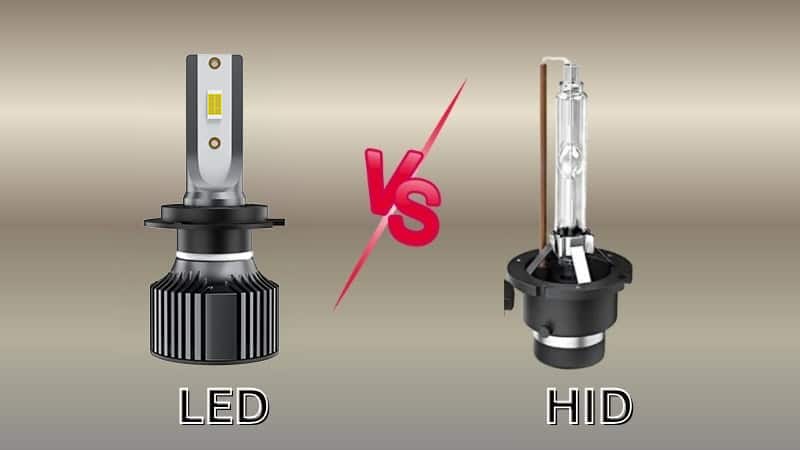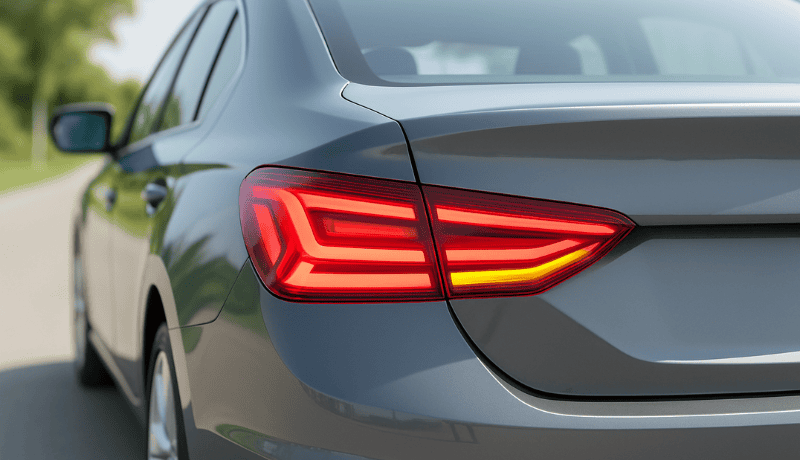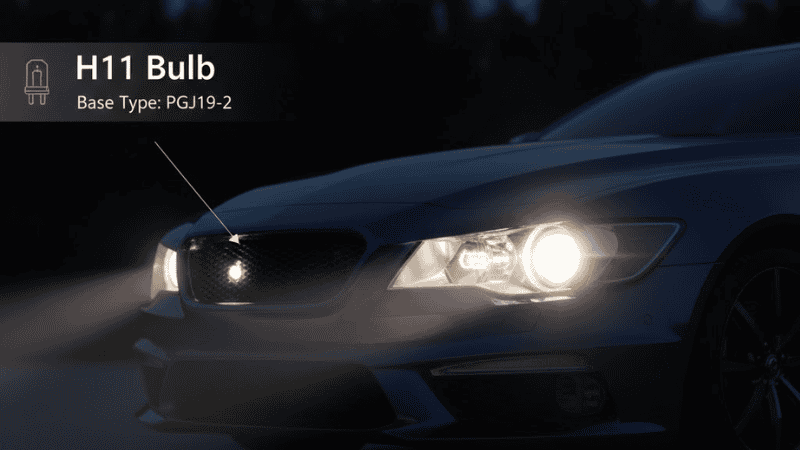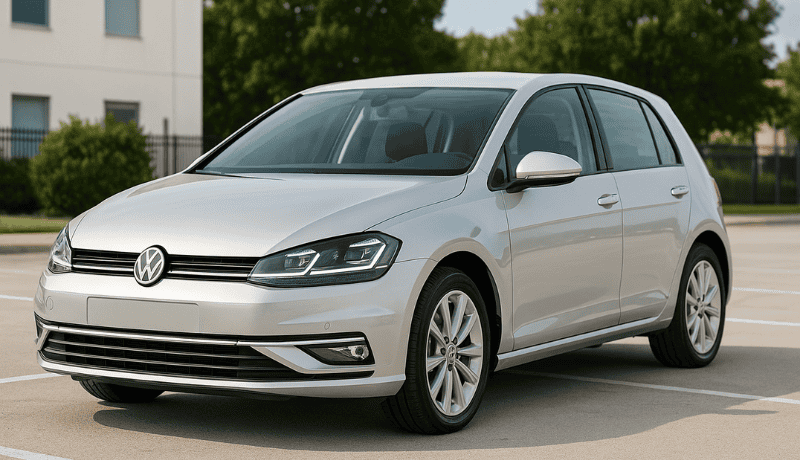Many drivers desire headlights that are brighter to improve visibility and design. LED and HID headlights provide more brightness, durability, and a contemporary look as opposed to halogen headlight bulbs.
The question is whether you can fit them into your stock headlight housings. In this guide, we will discuss the compatibility, safety, legality, and best practices of upgrading headlights.
Understanding Stock Headlights in Your Vehicle
Knowing what kind of car headlight housing your car has is crucial before upgrading the bulbs.
Halogen Reflector Housings—Most Common Type
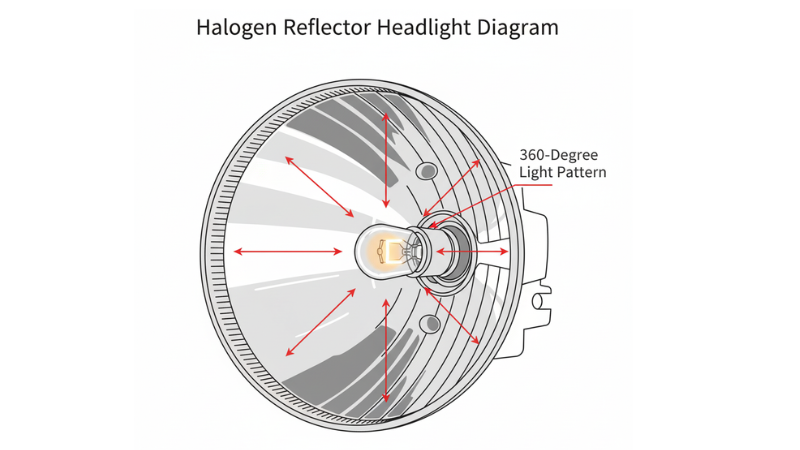
The majority of vehicles are equipped with halogen reflector headlights. These have a concave mirror surface to aim light forward. The design utilizes halogen bulbs that have light-giving effects in every direction.
Key features:
- Reflective surface in the form of a curve.
- Geared to a 360-degree halogen light pattern
- Cheapest variant in the factory
- Has the potential to cause an issue when used with other kinds of bulbs
Projector Headlights—More Beam Control
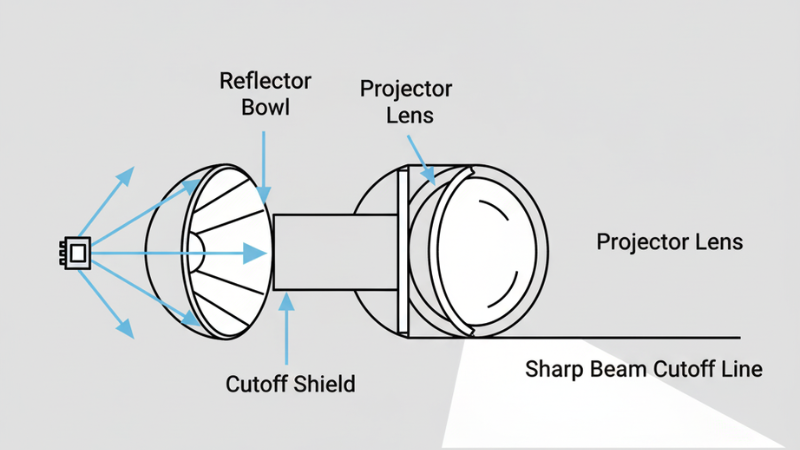
Projector headlights have a lens structure and, therefore, improved control of light. They contain a reflector bowl, a cutoff shield and a focusing lens. This forms a focused, crisp beam spread.
Advantages:
- Glare reduction, sharp cutoff line
- Improved light focus and distribution
- Compatible with other types of bulbs
- Superior resistance to temperatures
- Available on more expensive cars
How Housing Design Affects Bulb Compatibility

The key to the success of upgrades is your headlight housing. Halogen bulbs are designed to work in halogen reflectors. LED and HID upgrades are easier on projector housings since they have the ability to switch back and forth between varied light patterns.
Housing factors that count:
- Heating dissipation capacity
- Buffer space for more parts
- Design of a Reflector or a Projector
- Air conditioning and excessive heat ventilation
Installing LED Bulbs in Stock Headlights
Physical Fit: Socket Type Compatibility
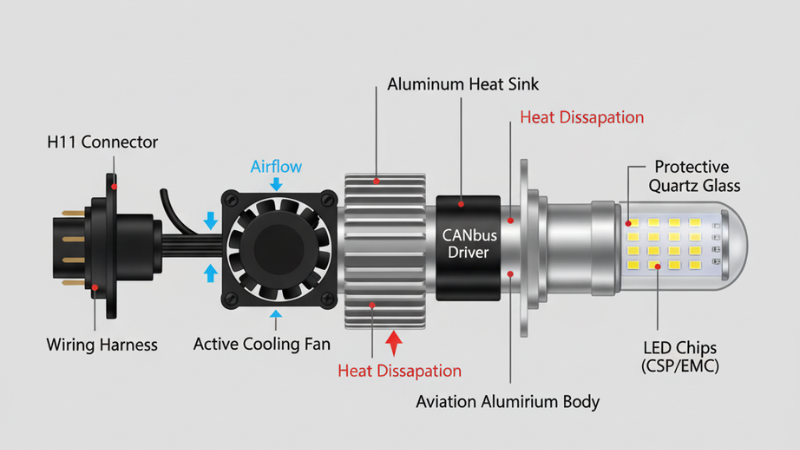
Car headlight LED bulbs come in standard socket fits such as H1, H3, H4, H7, H11, H13, 9004, 9005, 9006, and 9007. When upgrading any LED headlights, the first stage is finding the corresponding socket fit of the bulb replacement type for your vehicle.
According to research insights, the global automotive LED headlamps market was valued at $3.59 billion in 2024 and is projected to reach $9 billion by 2033.
The design of LEDs for headlight bulbs made by the vast majority of manufacturers is as a direct replacement with no adjustment necessary, allowing a socket to be retrofitted with LED headlights.
But physical fit is not only the socket connection. The LED lights for truck headlights tend to have bigger heat sinks or cooling fans that are not suitable in tight places like headlight housings.
A few LEDs also contain the light-emitting diodes positioned differently than the halogen filaments, which may change the beam patterns even in a properly fitting socket.
Reflector vs Projector Beam Pattern Differences in Housings
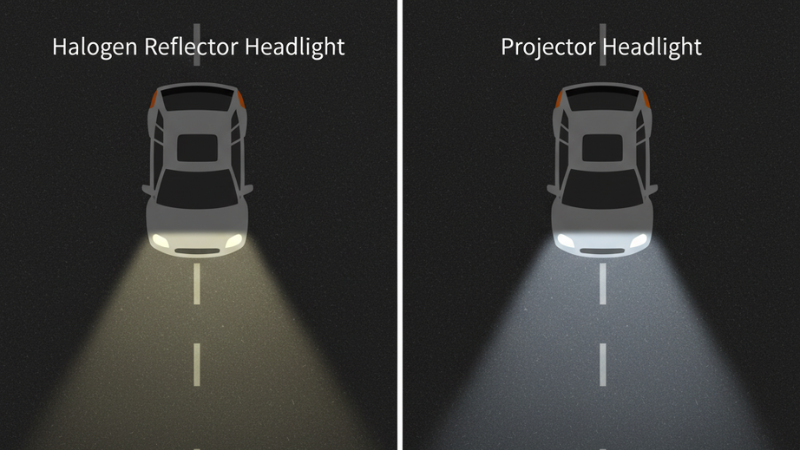
Some LED bulbs perform differently depending on the type of headlight housing.
With Projector Housings:
Good-quality LED bulbs can produce excellent results in projector housings. They create a sharp cutoff line and spread light well. The projector lens can easily focus the LED light for truck headlights, which often performs better than halogen bulbs.
With Reflector Housings:
LED bulbs are more of a problem with reflector housings. These housings are designed for the 360-degree light of halogen bulbs. When you use an LED bulb in them, it can cause bright spots, poor light spread, or a bad beam focus. Some companies make LED bulbs that mimic the halogen light pattern to work better with these housings.
Advantages: Low-power consumption, Long Service Life, Bright Light
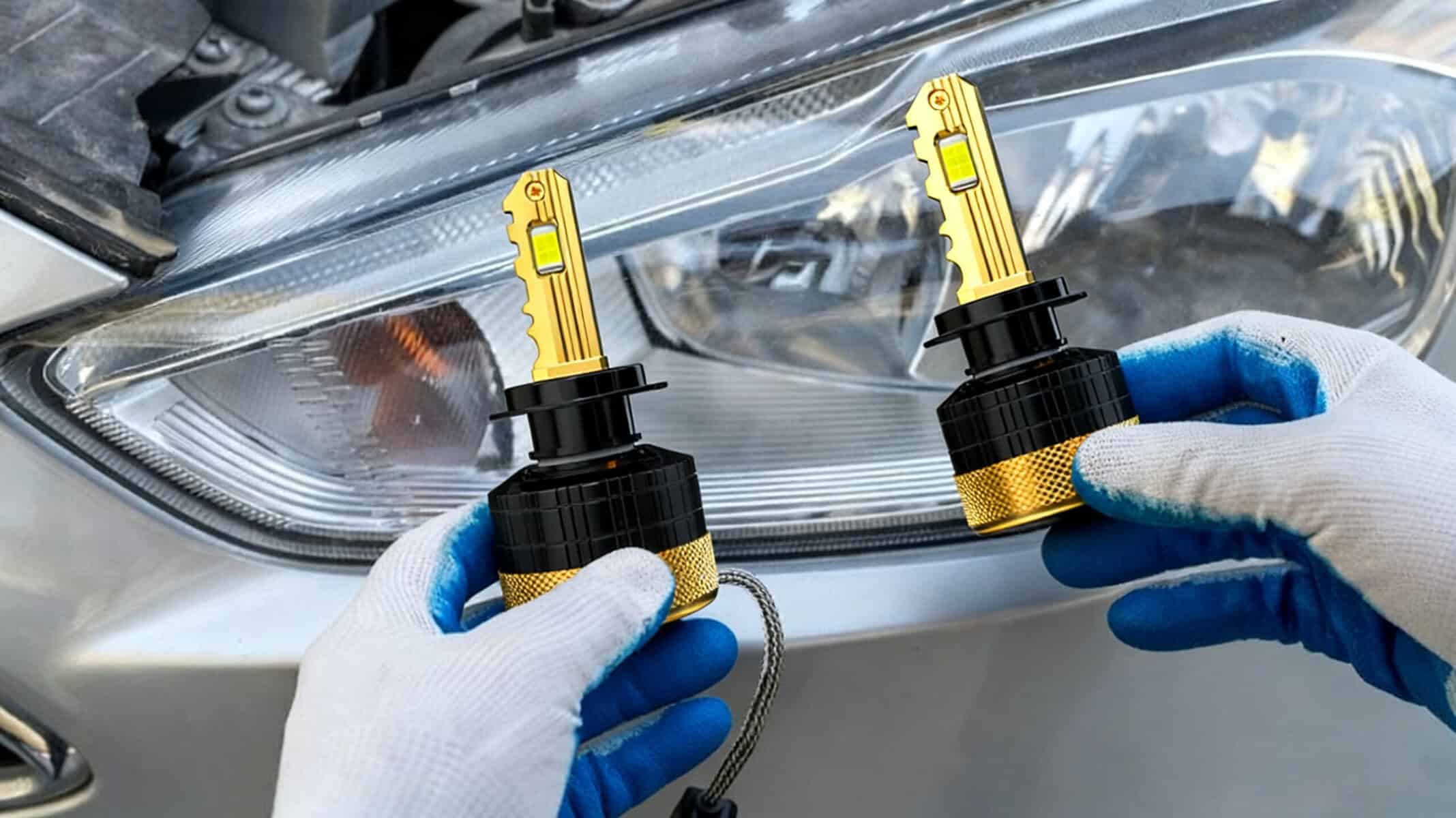
There are some serious benefits of LED headlight bulbs in comparison with halogen ones. According to the Department of Energy, LED bulbs use 50-75% less power. This gives them more light output.
It lessens the load on your car’s electrical system and may even improve fuel economy. LED bulbs also have a greater life span of up to 25,000-50,000 hours as opposed to the 1,000-2,000 hours of a halogen bulb.
Unlike HID bulbs that need to warm up, LED bulbs reach full brightness instantly. LED lights also produce a whiter, more natural light. Most drivers find this light easier on their eyes and more visible. Because LED bulbs produce less heat, they can also prevent damage to headlight housings and other parts.
Cons: Potential Glare, Legal Issues, Possible Flicker

Despite their advantages, LED upgrades can create problems in the housings of stock bulbs. Some vehicles may experience LED flicker or error messages due to the lower power consumption, confusing the vehicle’s computer systems.
CAN bus adapters or load resistors may be needed to resolve these issues. Additionally, not all LED bulbs are created equal, and low-quality options may have poor color consistency, short lifespans, or inadequate cooling systems.
Best Use Cases: Projector Housings or High-Quality Reflector-Compatible LEDs
Some LED bulbs work best in projector headlight housings. This is because the lens can properly focus the light. For car LED headlight bulb projectors, a quality LED upgrade often works great.
It improves brightness, efficiency, and how long the lights last. The controlled LED low-beam headlights from projector housings also help reduce glare that can happen with LED bulbs.
For reflector headlight housings, success depends on the type of LED bulb you choose. You need bulbs that are specifically made to work with reflectors. These bulbs usually have multiple LED chips placed to copy the placement of a halogen filament.
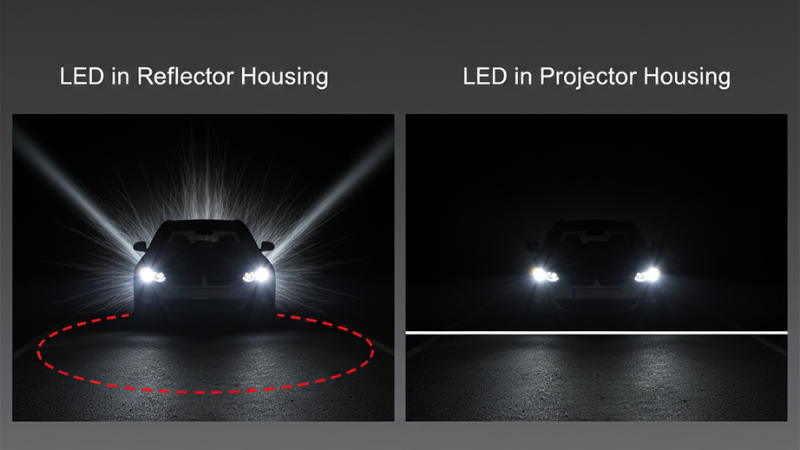
They may also have special lenses to spread the light better. High-quality brands often test their bulbs in different housings to make sure they create a good beam pattern with minimal glare.
Installing HID Bulbs in Stock Headlights
Why HID Needs Ballasts to Operate
HID (High Intensity Discharge) bulbs are designed to work with ballasts. Unlike halogen bulbs, which use 12V DC power, HID bulbs need a high voltage of AC power to create light. The light comes from an arc between two electrodes.
The ballast changes the car’s DC power into the high-voltage AC power needed to start and keep the arc going inside the HID bulb. Ballasts also control the energy to the HID bulb while it’s on. To start, a ballast gives a high-voltage pulse to fire the arc.
It then adjusts the voltage to stabilize the bulb. High-quality ballasts have safety features and filters to prevent electromagnetic interference with your car’s other systems. Because of the complexity and cost of the HID ballast, they cannot easily replace simple halogens.
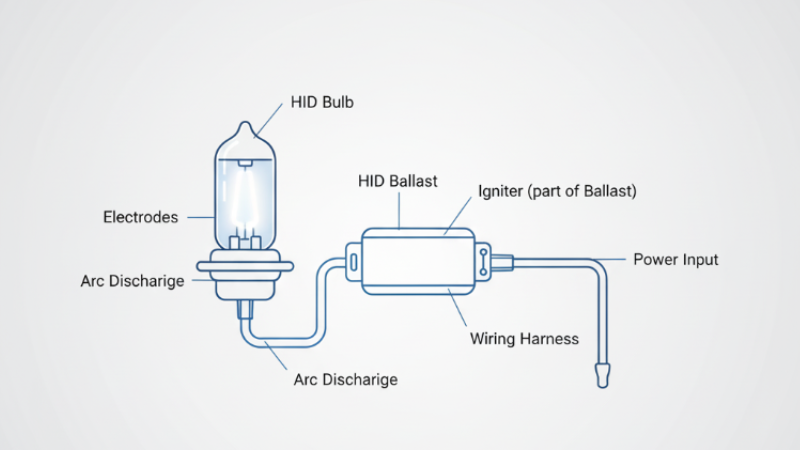
Problem of Installing HIDs in Halogen Reflector Housings
Installing HID bulbs in halogen reflector housings can become a major issue. HID lights are made by a small arc of light between electrodes. This creates an extremely intense point of light. It is very different from a halogen filament.
Reflector housings are designed for halogen bulbs and cannot control the HID light properly. This often causes too much glare, odd light patterns, and poor road illumination.
HID bulbs produce a lot of heat. This heat can burn through reflector housings that are not made to handle it. Also, the exact placement of the HID arc is very important. It must be at the focal point of the reflector to create a good beam pattern. This placement is often not right when you just replace the bulb.
Optimal Setup: Tot Projector Lenses or HID Full-Focus Retrofit Kits
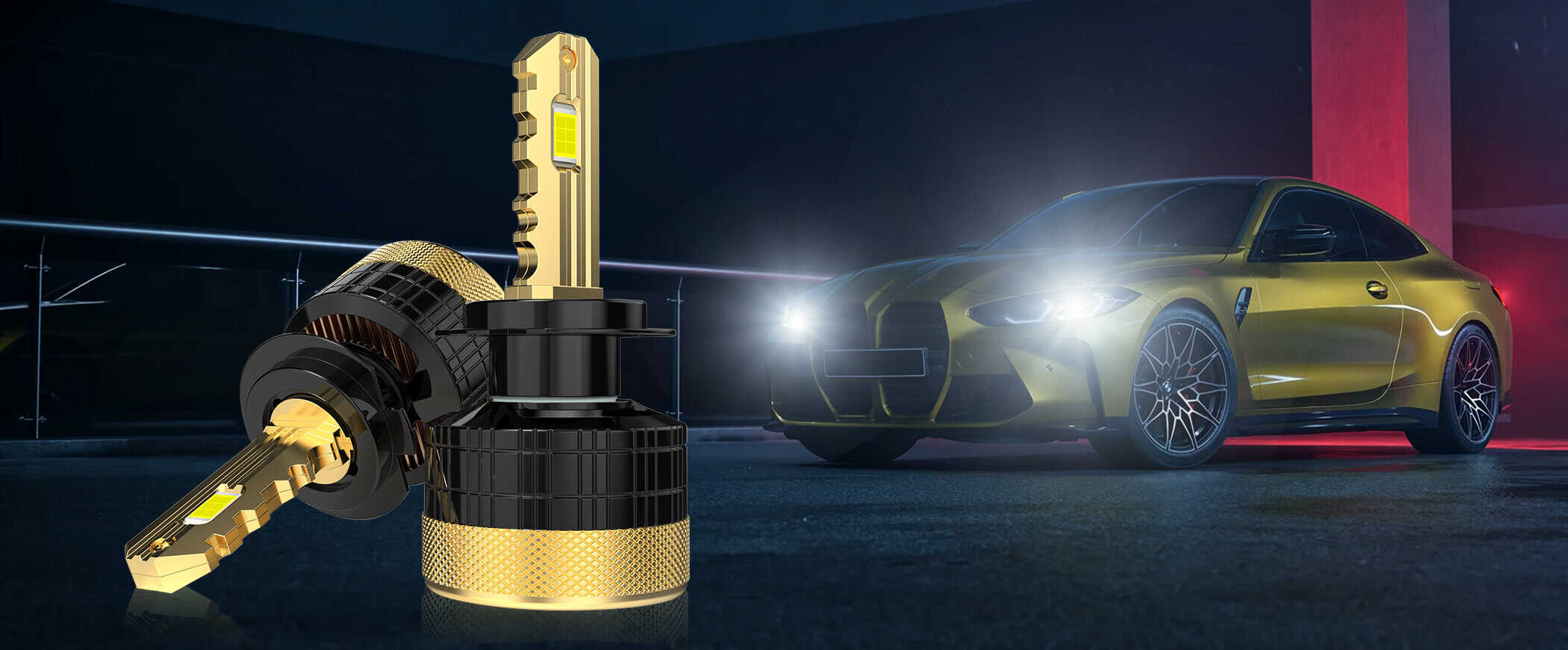
The bulbs are most effective in a projector headlight design dedicated to HID. HID projectors have proper shielding, cutoff tools, and lens works to curb the HID’s powerful light yield. HID light can be directed into sharp and accurately controlled beam patterns. This offers superior road lighting with minimal glare.
On vehicles without factory-equipped HID projectors, full retrofitting is the best method to get the right results. This is done through the use of a complete HID projector assembly.
These retrofits require the insertion of projector bowls, lenses, and cutoff shields. These parts are manufactured with the specifications for using HID bulbs.
Although it is not as easy or inexpensive as just changing the bulbs, well-done HID retrofits can greatly enhance lighting effects. They also keep the installation legal.
Cost and Complexity As compared with LED Upgrades

HID systems are more complicated to install, and they are more costly when compared to LED replacements. HID systems have ballasts, ignitors, and sometimes some other modifications of wires.
Professional installation is usually advised because of the complexity and the high voltages. The full cost of a correct HID upgrade of quality components with a proper installation can be quite high compared to LED solutions.
LED upgrades are easy to install, have cheaper parts, and are more reliable. Modern LED-based systems have, to a large extent, bridged the performance difference between them and the HID systems and offer added benefits such as instant-on, long life, and low-power consumption.
Quality LED conversion kits tend to be a better value compared to HID conversions for the majority of applications.
Legal and Safety Considerations of LED/HID headlights
DOT and ECE Compliance Requirements
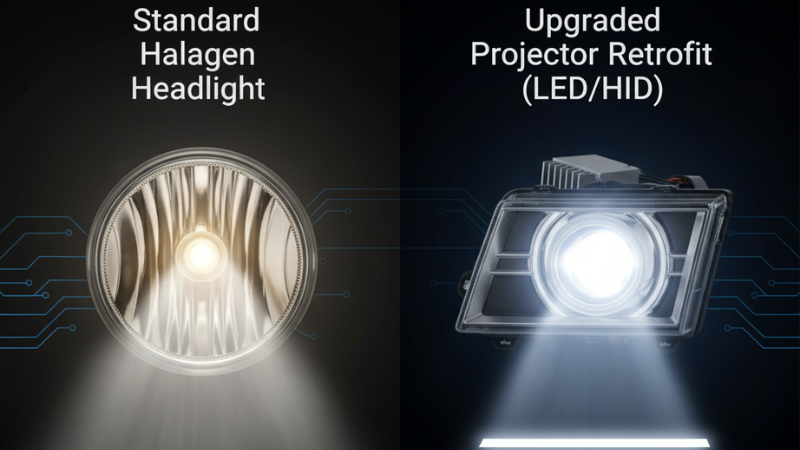
In the US, headlight systems must comply with Department of Transportation (DOT) regulations regarding glare levels, brightness, and beam configurations. Aftermarket headlight bulbs must contain DOT approval markings to ensure that the bulbs meet federal safety standards.
Similarly, any legal alterations provided to headlights in European markets must be ECE compliant. The compliance involves specific glare characteristic tests, light output levels, and beam pattern tests.
Replacing the older, brighter bulbs will also not be enough to be within the law as long as the beam patterns do not comply. In states where laws are strictly enforced, it is questionable whether many aftermarket LED/HID bulbs are actually legal as a result of not being subjected to proper compliance testing.
Risks of Non-Compliant Installations
Potential consequences:
- Traffic citations from law enforcement
- Vehicle inspection failures
- Insurance coverage questions
- Liability issues in accidents
- Safety hazards for other drivers
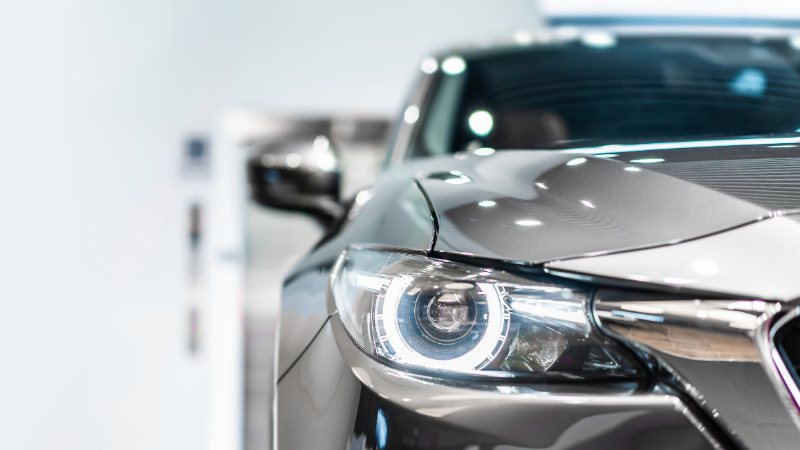
When Retrofits or OEM Upgrades Are Better
For cars using halogen reflector headlights, complete projector retrofits provide the maximum performance improvement. Installing the appropriate projector bowls, lenses, cutoff shields, and shrouds is part of a professional retrofit.
These components are made especially for use with LEDs or HIDs. You get the best light spread, precise cutoff lines, and regulated beam patterns with this technique. This is not possible with simple bulb changes.
Better looks and personalized styling are also made possible by retrofits. Features like daytime running lights or halos can be added. When properly retrofitted, projectors are used; the regulated beam eliminates glare and maximizes light output.
Retrofits are more costly than a straightforward bulb replacement, but they provide long-lasting, expert results.
OEM LED/HID Assemblies

OEM HID and LED headlight assemblies are now available from a number of manufacturers. These could be dealer-installed enhancements or factory extras. Every vehicle has these assemblies designed and tested.
This guarantees a suitable fit, functionality, and adherence to the law. Advanced beam control features, automatic leveling systems, and integrated daytime running lights are frequently found in OEM assemblies.
When it comes to performance, dependability, and regulatory compliance, OEM assemblies are the finest. Manufacturer warranties support them.
Compared to aftermarket parts, they also assist in maintaining the vehicle’s resale value, and they are more costly. However, OEM assemblies provide assurance of compatibility with the systems of your car.
Conclusion
With LED and HID upgrades, you can greatly improve your headlights—especially in projector housings, while reflector setups need more caution. You should always prioritize safety and legal compliance, since improper installs can cause glare and fines.
For the best and most reliable results, you’ll benefit from OEM assemblies or professional retrofits, even if they cost more. Remember, your headlights are vital safety gear, and the right upgrade ensures you drive brighter, safer, and road-legal.
Revolutionize your view of the road with CarLightVision!
Our expert-designed conversion kits are built specifically for your vehicle. They ensure a perfect fit, legal compliance, and outstanding performance.
From simple plug-and-play LEDs to complete retrofit systems, CarLightVision has the right upgrade for your needs. Visit us today and find out why thousands of drivers trust CarLightVision for their headlight upgrades.
Drive brighter, drive safer with CarLightVision and our prodcuts!
FAQs
Q1. Are LED plug-and-play installations available for all cars?
No, CAN bus adapters are necessary for many modern cars in order to avoid error messages and guarantee correct operation.
Q2. Will LED or HID upgrades void my warranty?
Warranty coverage for electrical or lighting system problems may be voided by aftermarket lighting upgrades.
Q3. How do I know if my housing can handle LED or HID bulbs?
Reflector housings require careful bulb selection or expert evaluation, whereas projector housings perform better with modifications.
Q4. Which is better for night driving—LED or HID?
Although both are better than halogen, high-quality LEDs perform instantly, while HIDs could offer greater light penetration.
Q5. How can I check if my upgrade is street legal?
Check your area’s local laws governing headlamp modifications and look for DOT/ECE compliance markings.
